There are many “smart” technologies available today that allow you to maintain beautiful landscapes while maximizing water efficiency. With so many options on the market it can be difficult to understand the difference between your options and to decide which product is right for your property. In this article, we’re delivering the facts on 6 of these smart technologies for you to consider – whether you manage your own lawn or are making decisions for the commercial properties you manage.
Rain/Freeze Sensors
Rain sensors prevent irrigation systems from running when it is raining and right after rain events when irrigation is unnecessary. Rain/freeze sensors add the ability to stop irrigation when temperatures approach freezing to prevent ice on landscapes and hardscapes. These devices can reduce irrigation water usage up to 35 percent and help extend irrigation system life.
Weather-based Controllers
Weather-based controllers actually adjust irrigation schedules based on local weather conditions. These climate-based systems gather local weather information and some even factor in your exact landscape (types of plants, soils, slopes, etc.) to make irrigation run-time adjustments. With weather-based controllers you can be sure that your landscape always receives the appropriate amount of water.
Sensor-based Controllers
Sensor-based controllers rely on soil moisture sensors placed below ground in the root zones of lawns and landscapes to determine if and how long to water. Soils may be maintained between lower and upper target moisture levels for optimal plant health. Alternatively, a simpler decision is to schedule the regular irrigation program to run based on the soil moisture. Weather-based and sensor-based control products are available as stand-alone controllers or add-on devices to existing controllers. Each has been shown to reduce irrigation water usage up to 70 percent without sacrificing the quality of your landscaping.
Pressure Regulation
All sprinklers operate best at a certain water pressure. At those pressures the water distribution is most uniform over the target area. That allows shorter run times because for an entire lawn to be green you basically end up setting a schedule to provide sufficient water to the driest spot. Reducing high pressure also eliminates problems such as misting sprinklers and potential irrigation system damage. Water pressure regulation devices are easily added to valves to control a whole irrigation zone or can be added to individual sprinklers.
Low Precipitation Rate and High-Efficiency Nozzles
Many great sprinkler nozzles are on the market today that use lower precipitation rates to reduce run-off or offer improved water distribution uniformity. Distribution uniformity is very important to reducing watering run times. Again, you want the entire area being watered to receive sufficient water to maintain green lawns and colorful plants, so the more uniform the water distribution, the shorter the watering run time will be for the driest spot.
Drip Irrigation
Drip irrigation systems are very different from pop-up sprinkler systems. Rather than spraying wide areas, they generally utilize point emitters to deliver desired volumes of water to particular locations at or near plant root zones. Water drips slowly from emitters either onto the soil surface or below ground. Less water is lost to wind and evaporation as a result, and weeds can also be reduced. Drip irrigation systems are very water-efficient and customizable for even different plants in a small area.
All of these water-efficient products can reduce water use and your water bills without sacrificing plant and landscape health. You can still enjoy all of the benefits associated with attractive and enjoyable landscapes on your property while helping to conserve a precious natural resource.
Smart Irrigation Month is an initiative of the Irrigation Association, a non-profit industry organization dedicated to promoting efficient irrigation. Learn more at www.smartirrigationmonth.org.
Provided for the Irrigation Association by Rain Bird Corporation
